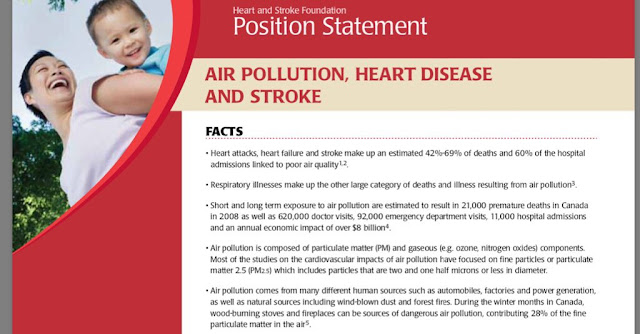FACTS:
Air pollution and particulate matter were both classified by IARC as Group 1 carcinogens in 2013.
That means “CARCINOGENIC TO HUMANS”.
Anyone near a wood fire is exposed to a megadose of particulate matter.
In 2016 Public Health Ontario and Cancer Care Ontario jointly published a report entitled The Environmental Burden of Cancer in Ontario, in which they ranked 23 environmental carcinogens.
Fine particulate matter (PM2.5) ranked #3, far ahead of other well-recognized carcinogens such as asbestos, formaldehyde, and secondhand [tobacco] smoke.
Despite the evidence, the Canadian Cancer Society website has minimal warnings about wood smoke.
Using the website’s search function, there are no hits for the term “PM2.5”
“Particulate matter” retrieves the pages “Air Pollution and Cancer” and “Risk factors for lung cancer”, although neither links PM to recreational wood burning.
But wait; here it is! Buried WAY down, under the heading “Pollutants from cooking and heating”, we find: “Burning wood and other fuels, such as dung or grass...can also increase the risk for lung cancer.”
And a second mention, on the “What is air pollution” page, where “indoor burning of coal or wood” is listed as a major source of indoor air pollution.
On the “7 ways to reduce your exposure to air pollution - indoors”, we finally find a piece of good advice: “Switch from a...wood-burning heat source...”, unfortunately followed immediately by this howler: “...lower your risk by using efficient stoves and fireplaces with effective chimneys.”
There is no mention anywhere about RECREATIONAL wood burning: backyard fire pits, campfires, or fireplaces.
Why isn’t residential wood burning treated like smoking?
This message should be upfront on the website, where the public is encouraged to “Make healthy choices”.



